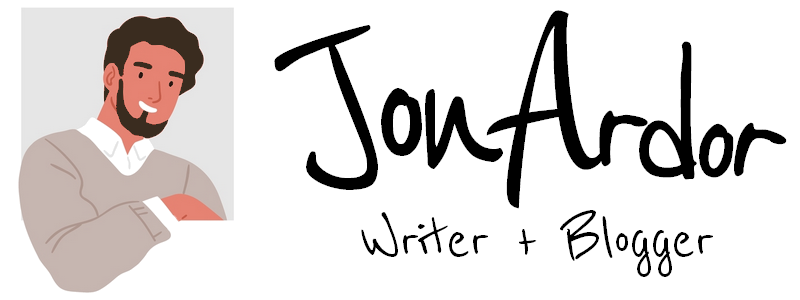10 Defining Characteristics of a Bully

Bullies hurt, scare, and dominate others, often using physical or emotional attacks. They tend to pick on weaker people, seeking power over them. This harmful behaviour severely impacts victims’ mental and physical well-being.
Bullying is seen as damaging since it brings pain and distress to those targeted. It can result in emotional wounds, low self-confidence, stress, and even bodily harm. Bullying interferes with social interactions needed for a person’s happiness.
Bullies usually display traits like wanting power and control, lacking empathy for others, and showing readiness to harm or frighten to reach their objectives. They might also use deceit, threats, or force to assert dominance. Recognizing these traits is crucial in dealing with and preventing bullying.
Discover the ten most common characteristics of a bully.
Characteristic #1: Desire for power and control
Craving power and control is typical of a bully who yearns to dominate others and make people follow their whims. They often relish making others feel small or less influential. Bullies might use physical force, cunning strategies, or verbal threats to achieve this.
For example, in a school scenario, a dominant student could intimidate or pressure peers to surrender their possessions or do homework for them. Such a hunger for control stems from personal insecurities or a desire to feel superior.
Characteristic #2: Lack of empathy
Lack of empathy is when a bully disregards victims’ feelings or experiences. They may downplay the hurt or anguish they inflict on others because they don’t understand them. They’re often preoccupied with their cravings for power and control, neglecting those they target.
Bullies might even enjoy their victims’ suffering. This absence of empathy can be shaped by their upbringing and surroundings, which may not stress the significance of grasping and valuing other people’s emotions.
Characteristic #3: Willingness to harm others
Willing to hurt others, bullies have a cruel nature that can cause pain or distress to their victims. They use physical, verbal, or emotional methods to harm others. For example, a bully might hit a classmate, say mean things to embarrass them or start nasty gossip that ruins their reputation. This harmful trait can cause physical and emotional harm to those targeted, leading to long-lasting fear.
Characteristic #4: Manipulative behaviour
Bullies are also manipulative. They use sneaky tactics to deceive, control, and exploit their targets. To gain power over someone else, a bully may lie, share false stories, or pretend to befriend someone. However, they may betray them later on.
The downside of such crafty behaviour is that it destroys trust and creates an environment filled with deceit and anxiety. Manipulation victims struggle to trust others in the future, making developing healthy relationships challenging.
Characteristic #5: Aggressive tendencies
Bullies tend to show aggressive behaviour, using physical or verbal force to scare, hurt, or control others. Pushing, hitting, or threatening language are common ways to assert dominance. For instance, a bully might shove a fellow student in the hallway, causing injury, or use harsh words to instill fear and discomfort.
Characteristic #6: Repeated harmful actions
Bullies often participate in ongoing harmful actions that intentionally cause pain or trouble for others. This may involve various kinds of harm, like physical, verbal, or emotional abuse, that target the same people. Victims can suffer for a long time and may suffer lasting physical and mental issues.
Characteristic #7: Intimidation
Bullies use intimidation to hurt others by employing fear, threats, or aggressive conduct to injure or manipulate meek people. Typical methods include making menacing gestures, spreading hurtful rumours, or crafting an unfriendly atmosphere for victims.
For example, a bully might threaten to punish a timid student unless they hand over their lunch money, making the timid student feel scared and helpless.
Characteristic #8: Targeting perceived weaknesses
Targeting perceived weaknesses is a bullying habit where the bully picks individuals seen as vulnerable or distinct in some ways. Traits like shyness, looks, or problems with schoolwork may be targeted. Bullies use these weaknesses to mock or bother their victims.
The main reason for this behaviour is often the pursuit of power and increasing the bully’s self-esteem by belittling others. It’s vital to know that targeting perceived weaknesses can severely impact the victims’ well-being.
Characteristic #9: Disregard for others’ feelings
Ignoring others’ feelings happens when bullies overlook or purposely harm their victims’ emotions. They might put down, insult, or ridicule others without considering their feelings. A bully could make fun of a quiet student’s passions or pastimes, leading to emotional pain for that student.
Characteristic #10: Disrupting social interactions
Disrupting social interactions is bullying, where bullies undermine their victims’ ability to connect with others. This could include spreading false stories, isolating someone from friends, or purposefully excluding them from group events.
This behaviour stems from the need to gain control and separate the victim from social support networks. Bullies participate in this conduct to assert their power and dominance over others, even if it hurts their victims’ mental health.
